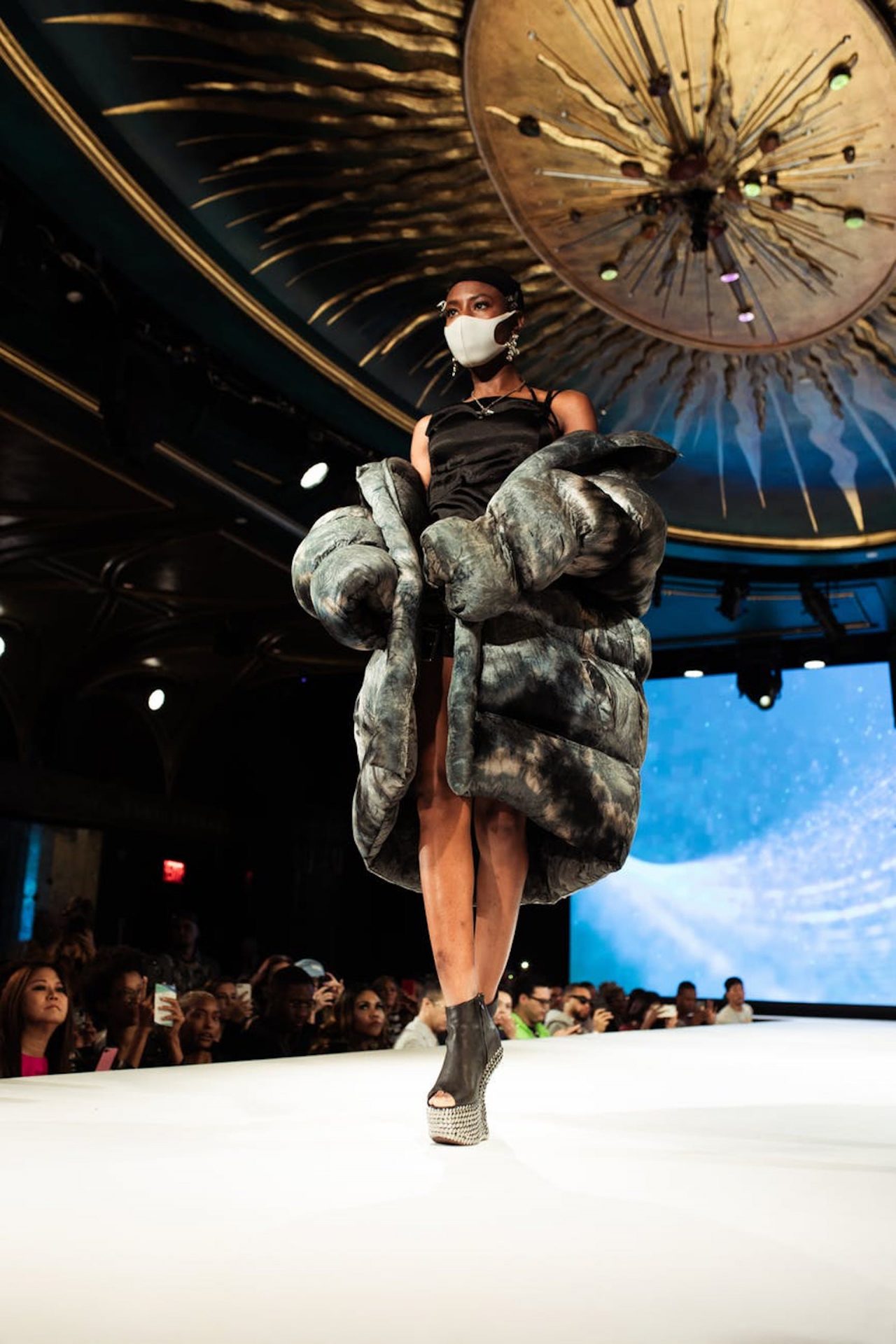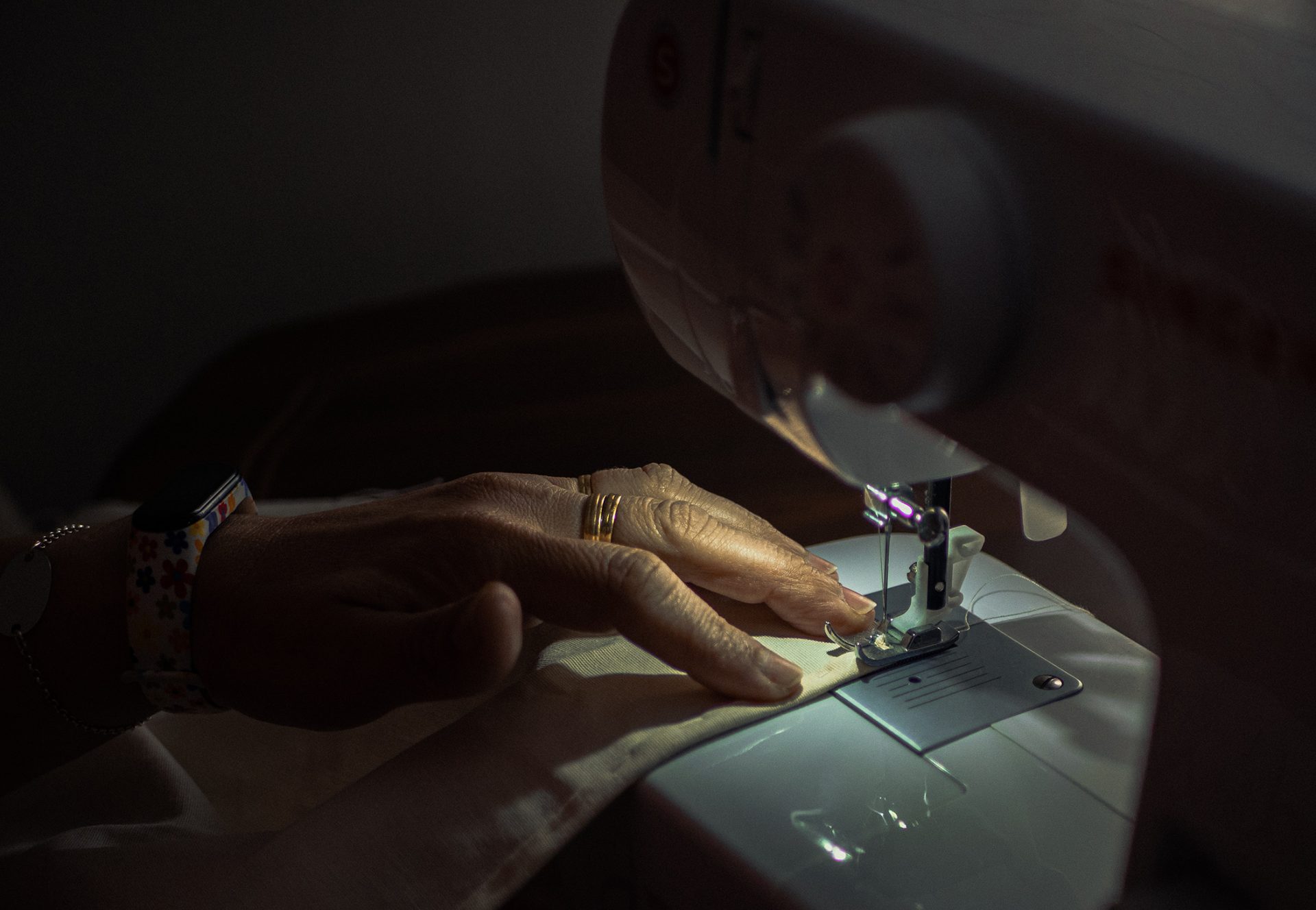
Fashion in Crisis
The events of the past few months have turned our world upside down, changing the way we eat, socialise, learn, work – and shop. What impact is the crisis having on the global fashion industry, and how have the people who make our clothes been affected?
It’s no secret that retail has been one of the sectors hardest hit by the pandemic. Global apparel sales have plummeted by 35% since March, and the downward trend is expected to continue, even as restrictions start to relax.
Dozens of labels and retailers have already filed for bankruptcy. Manufacturing and shipment delays have upended the normal fashion calendar. September Fashion Week will, in all likelihood, be cancelled.
A majority of production facilities – from the family run businesses in Italy that produce 40% of the world’s luxury goods, to garment factories in Bangladesh and Cambodia that keep the wheels of the fast-fashion machine turning – are in a state of limbo. It remains to be seen what will become of the massive amount of stock that never made it onto shelves – is it destined to become textile waste?
Beyond the financial strain and pressure on the supply chain, fashion is facing an existential crisis. “The coronavirus presents fashion with a chance to reset and completely reshape the industry’s value chain,” authors recently declared in the 2020 edition of The State of Fashion report.
Sustainability, self-sufficiency and ‘slowing down’ have never been more important to consumers. Will the crisis force the fashion industry to finally change its ways, or will things go back to business at usual?
The coronavirus presents fashion with a chance to reset and completely reshape the industry’s value chain.

Garment workers bear the brunt
From farmers who are facing the lowest prices on cotton in over a decade, to weavers and spinners whose source of raw materials has dried up, no one in the fashion supply chain has been shielded from the impacts of the shutdown.
What’s been an inconvenience for some has turned into a disaster for others – especially garment workers who had very few rights and were financially insecure in the first place. In our rush to divide the world into essential and non-essential workers, the people who make our clothes have yet again been pushed to the bottom of the heap.
Faced with unprecedented uncertainty, many brands and retailers’ first reaction when the crisis hit was to cancel orders they had placed with third-party suppliers. It’s estimated that in Bangladesh alone, US $3.18 billion worth of orders was annulled. Most contracts have a force majore clause that allows orders to be cancelled under exceptional circumstances without any recourse. The system is set up so that payment is made on delivery, thus leaving factories with a massive amount of dead stock, unpaid staff and no reason to keep their doors open.
More than two million garment workers in Bangladesh alone have lost their jobs since the start of the crisis. To make matters worse, thousands have not been paid for work they already completed.
Many fear that the crisis could undo much of the progress already made around garment workers’ rights. The Accord on Fire and Building Safety in Bangladesh, one of the few positives to come out of the Rana Plaza disaster in 2013, has been all but forgotten as inspections and audits came to a halt. In India, some predict that the temporary suspension of labour laws recently enacted could result in a decline of participation of women in the workforce – not just in the short-term, but for years and decades to come.
To keep up with the rapidly changing situation, Clean Clothes has started publishing daily updates from Bangladesh, Cambodia, India and Vietnam, giving a voice to the garment workers and unions who are fighting to restore their livelihoods.
Amidst the chaos, there have been a few positive developments. In Myanmar, H&M and Zara were among brands to sign an agreement with suppliers to keep garment workers employed, while the European Union established an emergency fund to support those who had lost their incomes. In Bangladesh, grassroots organisations including the Sajida Foundation have been working tirelessly to supply former garment workers with essential hygiene and food packages.
An Open Letter to the Fashion Industry
As the world starts to wake up from its crisis-induced coma, ‘returning to normal’ is a phrase we’re hearing a lot. In the fashion industry, going back to the way things were isn’t necessarily the best outcome for garment workers or anyone else in the lower echelons of the supply chain.
Payment on receipt, tenuous contracts, policies that allow for garment workers to be hired and fired at will… The injustices exposed as the crisis unfolds highlight what Fashion Revolution and others have been fighting to bring attention to for years.
On May 12, a group of retailers, designers and fashion CEOs from around the world made it clear that the aftermath of the crisis is a perfect time for change to take root. In an Open Letter to the Fashion Industry, they declare: “We agreed that the current environment although challenging, presents an opportunity for a fundamental and welcome change that will simplify our businesses, making them more environmentally and socially sustainable and ultimately align them more closely with customers’ needs.”
“We agreed that the current environment although challenging, presents an opportunity for a fundamental and welcome change that will simplify our businesses, making them more environmentally and socially sustainable and ultimately align them more closely with customers’ needs.”
The letter spells out a few specific measures, including rethinking the seasonal nature of the fashion cycle and pushing back collection release dates. Giving consumers more time to shop (and limiting sales to the end of the season) would hopefully limit textile waste, they say. The letter also suggests prioritising digital showrooms to minimise travel.
It’s already attracted a number of high-profile signatories, including representatives from Bergdorf Goodman, Nordstrom and Selfridges. Australian retailers David Jones, Incu, Adam Heath Boutique and Sneakerboy have signed on, along with the Australian Fashion Council.

Change from within
The Open Letter to the Fashion Industry is just one manifestation of the hunger for transformation. At a minimum, it’s expected that measures will be taken to make the fashion supply chain more robust, including diversifying suppliers and producing locally – which could have benefits for garment workers. While it all remains speculation for now, it’s a promising sign that change is in the air.
In a post-crisis world, consumers will surely expect more from brands and retailers than ever before, especially when it comes to sustainability and transparency. An overall reduction in spending that’s expected to continue for the foreseeable future means that we’ll all be making more conscious choices. This could propel the trend towards investment pieces rather than throw-away fashion even further.
Many have speculated that Generation Z will signal the end of fast-fashion, with second-hand, resale and rental continuing to surge in popularity. The UK’s biggest fashion resale platform, Depop, reported a 90% increase in traffic since April 1 – a clue that the crisis could turn out to be a watershed moment in this regard.
Polling conducted by the Royal Society for the Encouragement of Arts, Manufacturers and Commerce in the UK reveals that 28% of people were recycling or reusing clothes more than usual during the pandemic. It also showed that 35% of women intended to buy fewer clothes in the future.
No-touch retail, online shopping, social distancing – the retail experience as we knew it may never be the same again. It’s up to us to decide how far that change permeates the supply chain.



